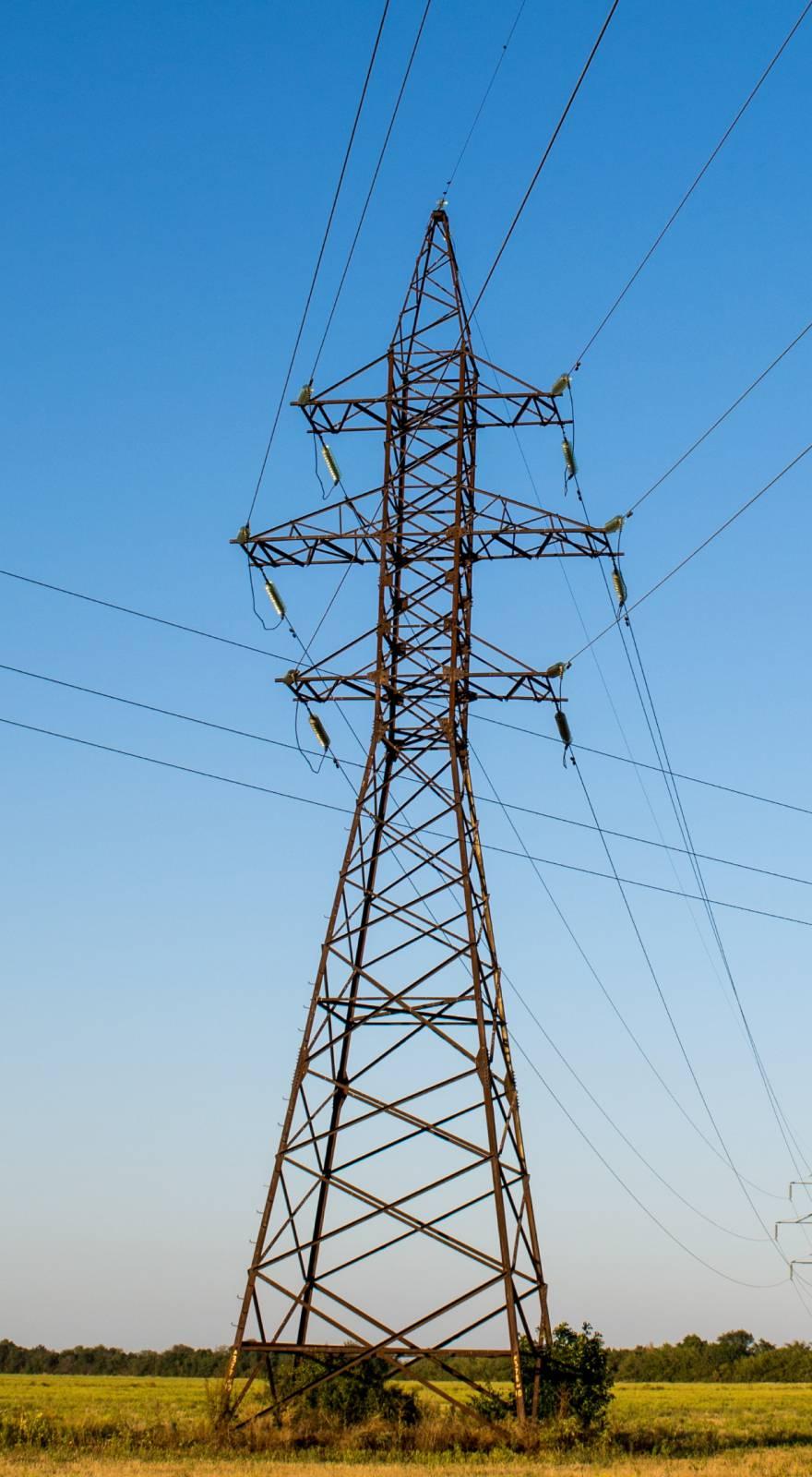Knowde Enhanced TDS
Identification & Functionality
- Chemical Family
- Composite Materials Functions
- Technologies
- Product Families
Features & Benefits
- Materials Features
- Product Highlights
RO4725JXR™ and RO4730G3(TM) laminates have the mechanical and electrical properties that antenna designers need. The laminates have a dielectric constant (Dk) of 2.55 and 3.0 and a loss tangent (Df) of 0.0022 measured at 2.5 GHz when using LoPro® Reverse Treated EDC Foil. These values allow antenna designers to realize substantial gain values while minimizing signal loss. Materials are available with a demonstrated low PIM performance, with values better than -160 dBc (43dBm 1,900MHz signal). [2] RO4700 series antenna grade laminates are compatible with conventional epoxy and high temperature lead-free solder processing. These laminates do not require the special treatment needed on traditional PTFE-based laminates for plated through hole preparation. Lamination can be achieved using RO4400™ bondply series at 175°C. The resin systems of RO4700JXR materials are designed to provide the properties sought after by antenna designers. The glass transition temperature exceeds 280°C (536°F), leading to a low Z-axis CTE, excellent plated through hole reliability, and lead-free solder processability.
- Features
RO4700 Series Laminates - low loss dielectric with low profile foil
- Reduced PIM
- Low insertion loss
- RO4725JXR Dk 2.55
- RO4730G3 Dk 3.0 UL 94 V-0
Unique filler / closed microspheres
- Low density
- Light-weight 30% lighter than PTFE / Glass
Low Z-axis CTE
- Design flexibility
- Automated assembly compatible
Low TCDk <40 ppm/°C
- Consistent circuit performance
Specially formulated thermoset resin system/filler
- Low TCDk
- 2.55 Dk & 3.0 Dk
- Ease of fabrication
- PTH process capability
Environmentally Friendly
- Lead-free process compatibility
- RoHS compliant
Applications & Uses
- Applications
- Recommended Applications
Cellular Base Station Antennas
Properties
- Typical Properties
| Value | Units | Test Method / Conditions | |
| Dielectric Constant, εr, Process | 2.55 ± 0.05 | — | IPC-TM-650, 2.5.5.5 |
| Surface Resistivity | 4.8 x 10^7 | MΩ | IPC-TM-650, 2.5.17.1 |
| Dielectric Constant, εr, Design | 2.64 | — | Differential Phase Length Method |
| Volume Resistivity | 2.16 x 10^8 | MΩ-cm | IPC-TM-650, 2.5.17.1 |
| Dissipation Factor at 2.5 GHz | 0.0026 | — | IPC-TM-650, 2.5.5.5 |
| Dissipation Factor tan d, at 10 GHz | 0.0022 | — | IPC-TM-650, 2.5.5.5 |
| Thermal Coefficient of εr | 34 | ppm/°C | IPC-TM-650, 2.5.5.5 |
| PIM | -166 | dBc | 43dBm 1900MHz |
| Electrical Strength | 630 | V/mil | IPC-TM-650, 2.5.6.2 |
| Flexural Strength (MD) | 17.5 | kpsi | ASTM D790 |
| Flexural Strength (CMD) | 13.3 | kpsi | ASTM D790 |
| Dimensional Stability | max. 0.4 | mm/m | IPC-TM-650, 2.4.39A |
| Coefficient of Thermal Expansion - X Axis | 13.9 | ppm/°C | IPC-TM-650, 2.1.24 |
| Coefficient of Thermal Expansion - Y Axis | 19 | ppm/°C | IPC-TM-650, 2.1.24 |
| Coefficient of Thermal Expansion Z Axis | 25.6 | ppm/°C | IPC-TM-650, 2.1.24 |
| Thermal Conductivity | 0.38 | W/m/°K | ASTM D5470 |
| Moisture Absorption | 0.24 | % | IPC-TM-650 2.6.2.1 ASTM D570 |
| Tg | min. 280 | °C | IPC-TM-650 2.4.24 |
| Decomposition Temperature (Td) | 439 | °C | ASTM D3850 |
| Density | 1.27 | g/cm3 | ASTM D792 |
| Copper Peel Strength | 8.5 | pli | IPC-TM-650 2.4.8 |

